- Thread starter
- #121
CharlesBronson
Senior Master Sergeant
Panther Ausf G with steel-rimmed road-wheels.
Originally, it was planned to manufacture model Ausf G with steel-rimmed road-wheels ( gummisparende) instead of previously used rubber-rimmed road-wheels, the all steel stamped wheels would save manufacturing time, but in 1944 only small series of 24 was produced. This variant is reported as very noisy for obvious reasons.

And one fantastic picture of the all steel wheel G in the front, this Panther had already entered in combat as in noted in the 3 killmark painted near the muzzle of powerful Kwk 42. Note that one of the external roadwheel has been replaced with the standar rubber tired model.

The location seems to be Belgium in the winter of 1944.
Originally, it was planned to manufacture model Ausf G with steel-rimmed road-wheels ( gummisparende) instead of previously used rubber-rimmed road-wheels, the all steel stamped wheels would save manufacturing time, but in 1944 only small series of 24 was produced. This variant is reported as very noisy for obvious reasons.

And one fantastic picture of the all steel wheel G in the front, this Panther had already entered in combat as in noted in the 3 killmark painted near the muzzle of powerful Kwk 42. Note that one of the external roadwheel has been replaced with the standar rubber tired model.

The location seems to be Belgium in the winter of 1944.

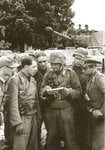
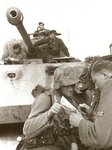
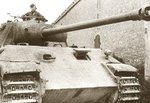
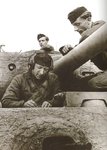

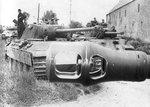





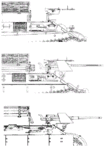






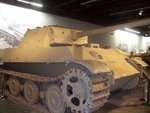

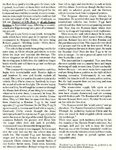
![164[1].jpg](/forum/data/attachments/67/67319-9440fd3f4804e97a658156d6065e5d1a.jpg)
























